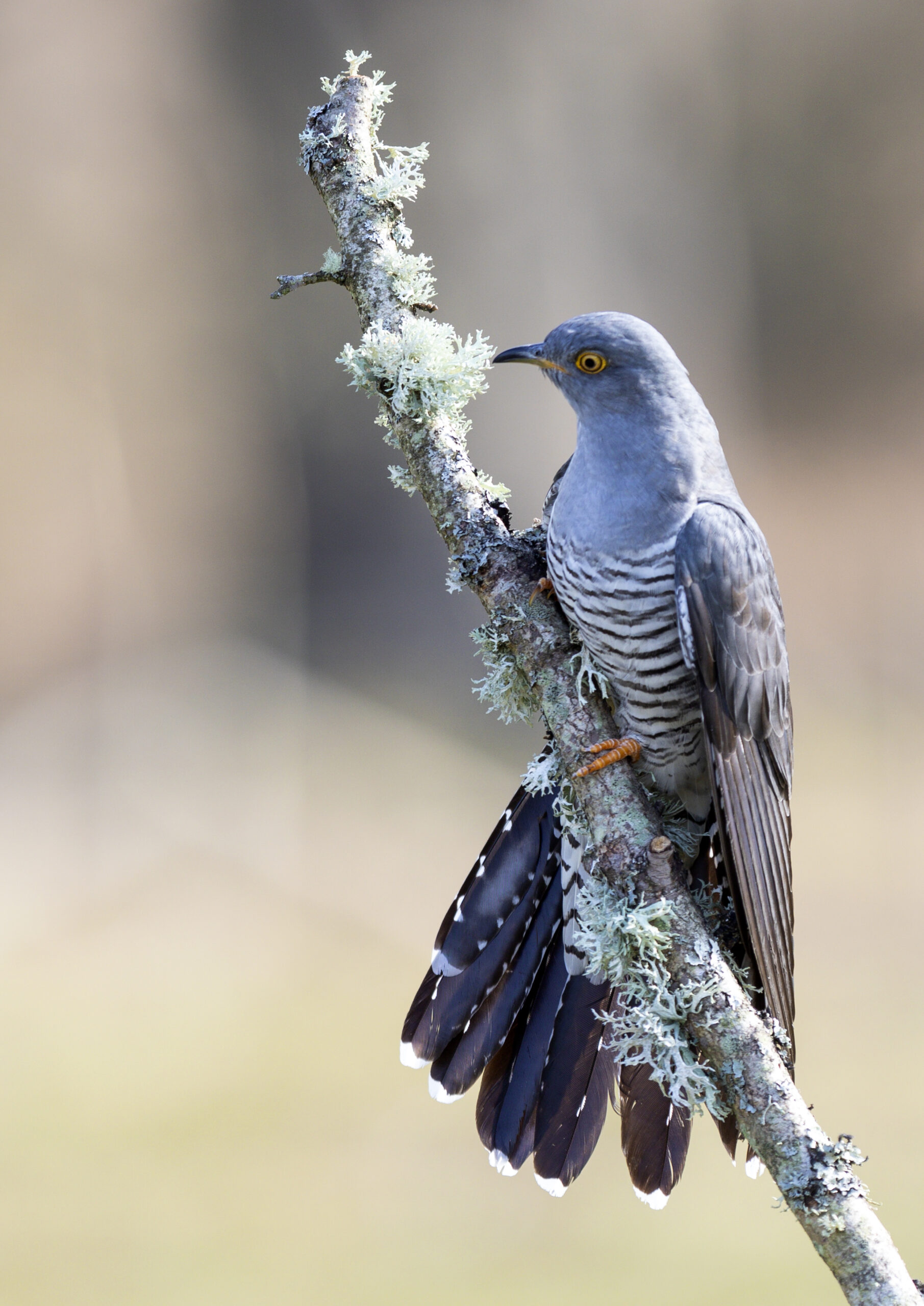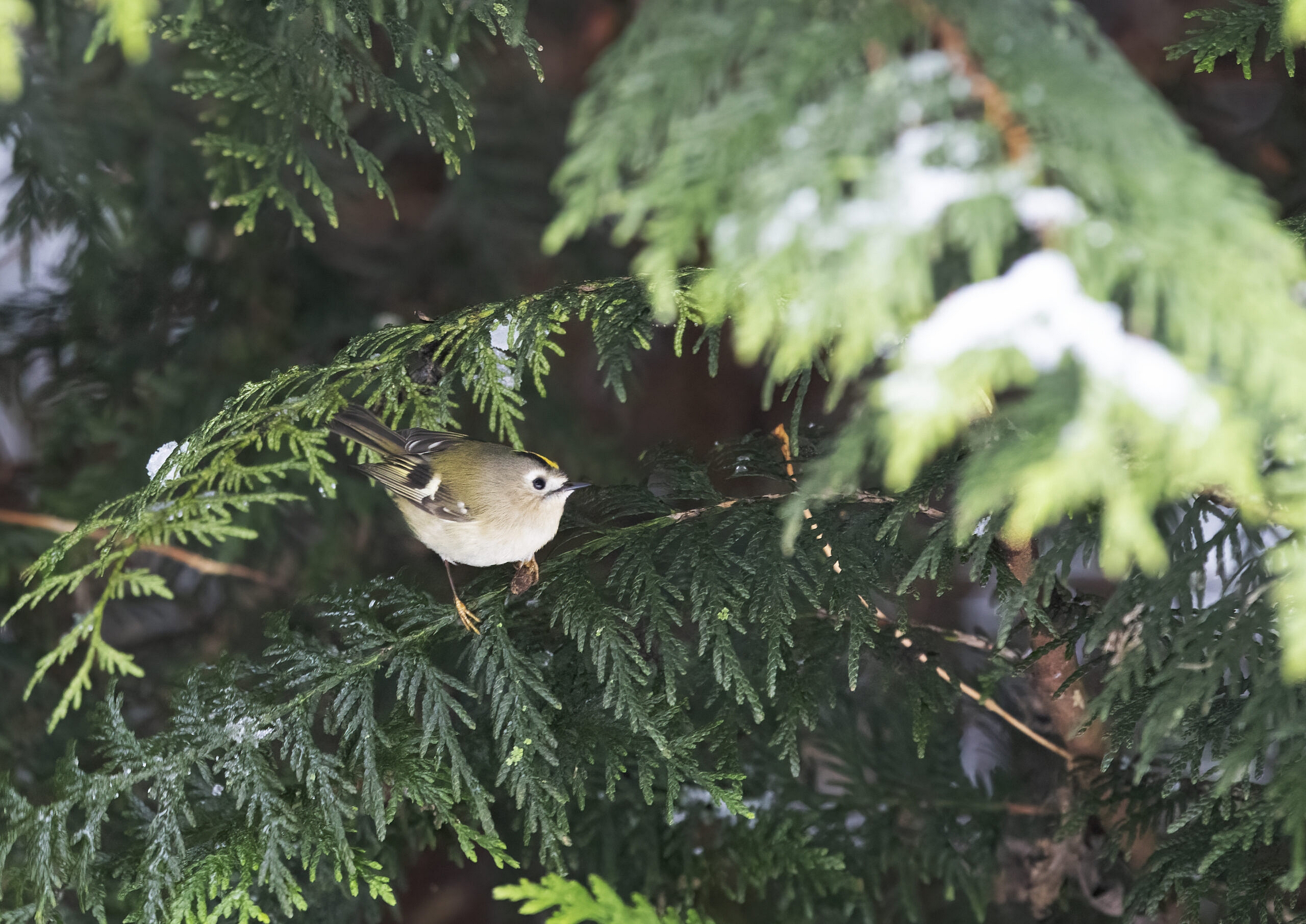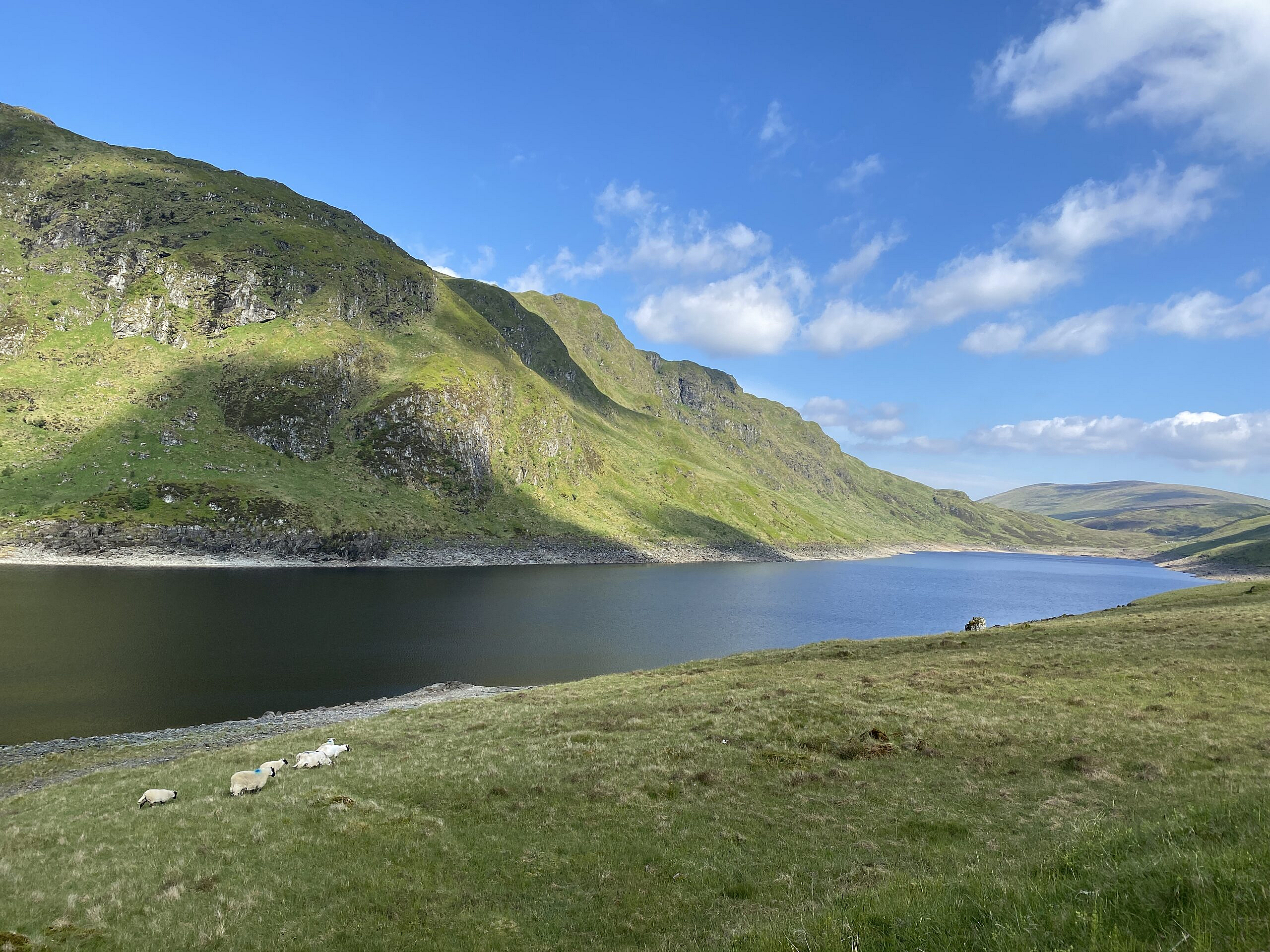I care more about elephants than I do about pigeons. As a naturalist that feels wrong, but it’s a fact. It’s a natural tendency to be more interested in the things that are exotic than those which we see every day. Elephants bring images of far-off lands. They are unusual, something outside the run of the everyday.
But not every rare or exotic animal lives far away. For several years now I’ve been tracking down an animal which lives only on one small, isolated island. Not Madagascar, but Skomer, a small island off the West coast of Wales. It’s managed by the wildlife trusts, and most people go there for the utterly adorable puffins. At Skomer, you can get closer to puffins than pretty much anywhere else on Earth. Lie down and they will stand on you.
But Skomer is also home to the Skomer vole. This close relative of the bank vole lives on Skomer, and nowhere else in the world. Think about that for a minute. This vole lives there, and only there. It’s a unique species, larger than a bank vole and a deep russet colour. It’s not endangered, but is unique. The only place you can see it is Skomer, and that involves a boat trip.
For five years I’ve been trying to get a good photo of the Skomer vole. I’ve heard squeaks. I’ve seen rustles in the undergrowth and occasionally the tip of a tail or the top of an ear. But there are a lot of other species and places int e world so I made my mind up that this was going to be my last attempt. I had four days on the island and I devoted them to trying to find it. I succeeded, but never in front of my camera. At one point, I had a pair of voles fighting in front of me – but never where my camera was pointing. Skomer voles move fast. It’s an article of faith amongst those who have studied the vole that it freezes when faced with danger. But that doesn’t make sense, does it? And when I explored that myth – and it is a myth – it seems to be based on the fact that when captured for research purposes, voles stay in the hand and don’t run off. But a vole on the ground, free to move? They run faster than any other vole I’ve ever seen.
The thing about Skomer is that there are no land predators. No snakes, no foxes, no stoats, rats or weasels. Skomer voles have grown up in a world dominated by brutally efficient aerial predators. Great black-backed gulls, short-eared owls, kites and others are all quite happy to eat them. I had thought that this would make the voles happy to ignore me- as a land-based threat – as long as they were under cover and protected from aerial assault. But it doesn’t. The voles are well aware that only deep, thick cover – deep inside brambles or under a thick layer of vegetation – will do. And so they scurry at speed from one safe place to another, and after days of slowly peering through gaps in the bracken that covers much of the island, I slowly realised that if I could see them, so could a predator.
And so, after five years, I gave up. It was the last day of what I had decided would be my last visit. The boat was arriving shortly. But I wandered into a location near the residence where overnight guests stay. And there, for a few minutes, the vole appeared. It scurried madly, but at least it reappeared in the same place a few times, and I finally managed the shot below. But the really telling thing was that as soon as the dawn chorus started, and the gulls started calling, the vole vanished and did not re-emerge.
And so, reader, I give you the Skomer vole. From this angle it looks exactly like any other vole. But this, I’m afraid, is the only picture you’re going to get.
Probably.





Social Profiles